Guidelines for monitoring of turbidity.

View/
Average rating
votes
Date
2017Corporate Author
HELCOM
Status
PublishedPages
3pp.
Metadata
Show full item recordAbstract
Turbidity estimates the impact of light scattering due to particles on the level of light attenuation in the water column. It is affected by total suspended solids (i.e., organic and inorganic particles) in the water, and thus differs from water transparency, which is also dependent on the amount of chromophoric dissolved organic matter (CDOM).
Organic particles are mainly autochthonous (phytoplankton, zooplankton, bacterial cells) and thus are related to the trophic state whereas inorganic particles are largely allochthonous (e.g., resuspension, fluvial sediment load). This source of error has to be taken into consideration whenever eutrophication status is assessed using turbidity in the Baltic Sea that is optically classified as a Case II water body (Morel and Prieur 1977), i.e., the body where concentrations of colour producing substances (e.g. phytoplankton, inorganic particles and CDOM) vary independently from each other. For turbidity, this feature is emphasized in coastal area.....
Publisher
HELCOMHelsinki, Finland
Document Language
enSustainable Development Goals (SDG)
14.aMaturity Level
MatureSpatial Coverage
Baltic SeaCitation
HELCOM (2017) Guidelines for monitoring of turbidity. Helsinki, Finland, HELCOM, 3pp. DOI: http://dx.doi.org/10.25607/OBP-1799Collections
- CAPARDUS Practices [147]
- HELCOM Manuals and Guidelines [49]
 Repository of community practices in Ocean Research, Applications and Data/Information Management
Repository of community practices in Ocean Research, Applications and Data/Information Management